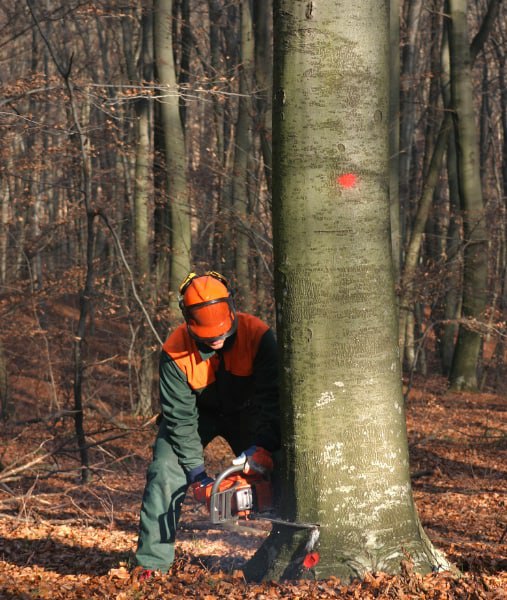
Introduction: Storms are a natural part of our environment, and while they can be awe-inspiring, they can also wreak havoc on our trees. The aftermath of a severe storm can leave once-majestic trees damaged, broken, or even uprooted. However, with proper care and attention, many storm-damaged trees can be rehabilitated and restored to their former glory. In this blog post, New Romney Tree Surgeons will guide you through the process of storm-damaged tree recovery.
Assessing the Damage
Before you begin the recovery process, it’s essential to assess the extent of the damage:
- Safety First: Ensure the area around the damaged tree is accessible. Remove any immediate hazards, such as fallen branches or debris.
- Assess the Trunk: Inspect the tree’s trunk for cracks, splits, or large wounds. Evaluate the severity of the damage.
- Branch Damage: Check the branches for signs of breakage, tearing, or splitting. Determine if any branches need immediate removal.
- Root Damage: Examine the root system for uprooting or significant root damage. This may require excavation around the base of the tree.
- Foliage Condition: Assess the overall condition of the tree’s foliage. If most leaves or needles are healthy, there is a better chance of recovery.
Rehabilitation and Restoration Steps
- Immediate Care:
- Prune broken or dangling branches to prevent further damage. Make clean, precise cuts to minimise the risk of infection.
- If the tree is uprooted but not severely damaged, attempt to reposition it in its original location, ensuring it is well-supported.
- Reduce Stress:
- Water the tree thoroughly to reduce stress and promote root recovery. Mulch around the base of the tree to retain moisture.
- Avoid fertilising until the tree shows signs of recovery, as it may not be able to absorb nutrients effectively in its weakened state.
- Professional Assessment:
- Consult with a certified arborist to assess the tree’s overall health and potential for recovery.
- The arborist may recommend additional pruning, cabling, or bracing to stabilise the tree.
- Monitor and Patience:
- Recovery can be a slow process, and patience is essential. Continue to monitor the tree’s progress over the coming months and years.
- Check for signs of disease or stress, such as wilting leaves or dieback, and address issues promptly.
When to Consider Removal
Despite your best efforts, not all storm-damaged trees can be fully rehabilitated. It’s important to consider removal if:
- The Trunk is Severely Split or Cracked: The tree’s structural integrity may be compromised if the main trunk is critically damaged.
- Root Damage is Extensive: If the root system has been severely damaged or uprooted, the tree may not recover.
- Foliage Decline Persists: If the tree continues to show a significant decline in foliage and overall health, it may not be salvageable.
Conclusion: Storm-damaged tree recovery is a challenging but rewarding endeavour. With proper care, attention, and the guidance of a certified arborist, many trees can bounce back from the brink of destruction and continue to thrive for years to come. New Romney Tree Surgeons encourages tree lovers to explore recovery options and prioritise the preservation of these natural treasures in our environment.
Call us on: 01797 334532
Click here to find out more about New Romney Tree Surgeons
Click here to complete our contact form and see how we can help with your tree’s needs.